The humble olive tree stands as a living monument to human history, with some specimens silently witnessing thousands of years of civilization. These gnarled, twisted trees continue producing fruit for centuries, connecting us directly to ancestors who harvested from the very same branches.
Their resilience through drought, fire, and conflict makes them powerful symbols of perseverance. Here is a list of 14 remarkable villages where these ancient botanical wonders continue to thrive.
Vouves, Crete
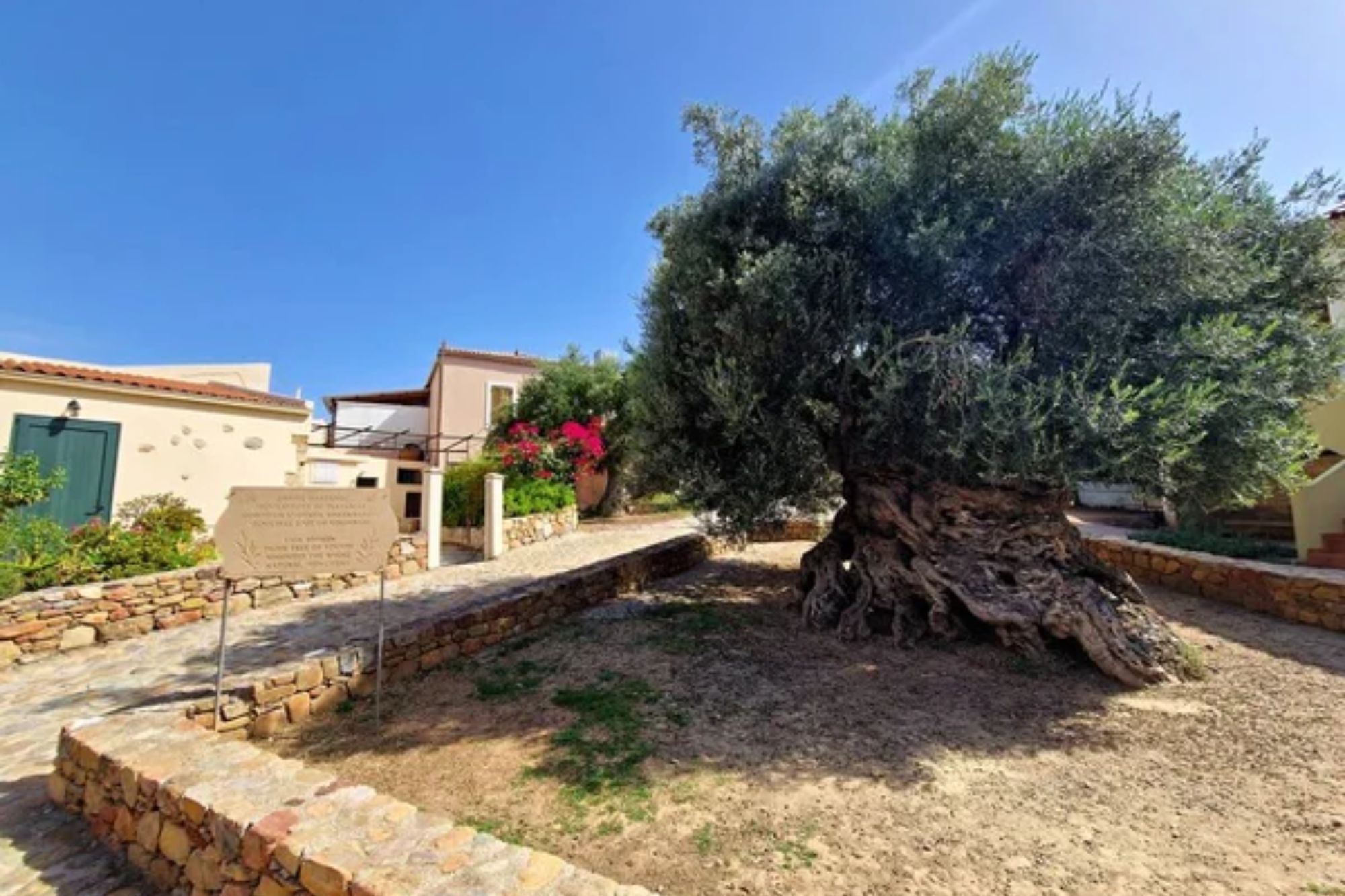
The tiny Cretan village of Vouves hosts what may be the world’s oldest living olive tree, estimated to be between 2,000–4,000 years old. This monumental tree still produces olives that are harvested and pressed into exceptional oil with a distinctly peppery finish.
Locals have built a small museum nearby where visitors can learn about traditional harvesting methods that have remained largely unchanged for millennia. The tree’s massive, twisted trunk measures over 40 feet in circumference, creating a living sculpture that photographers find irresistible.
Bechealeh, Lebanon
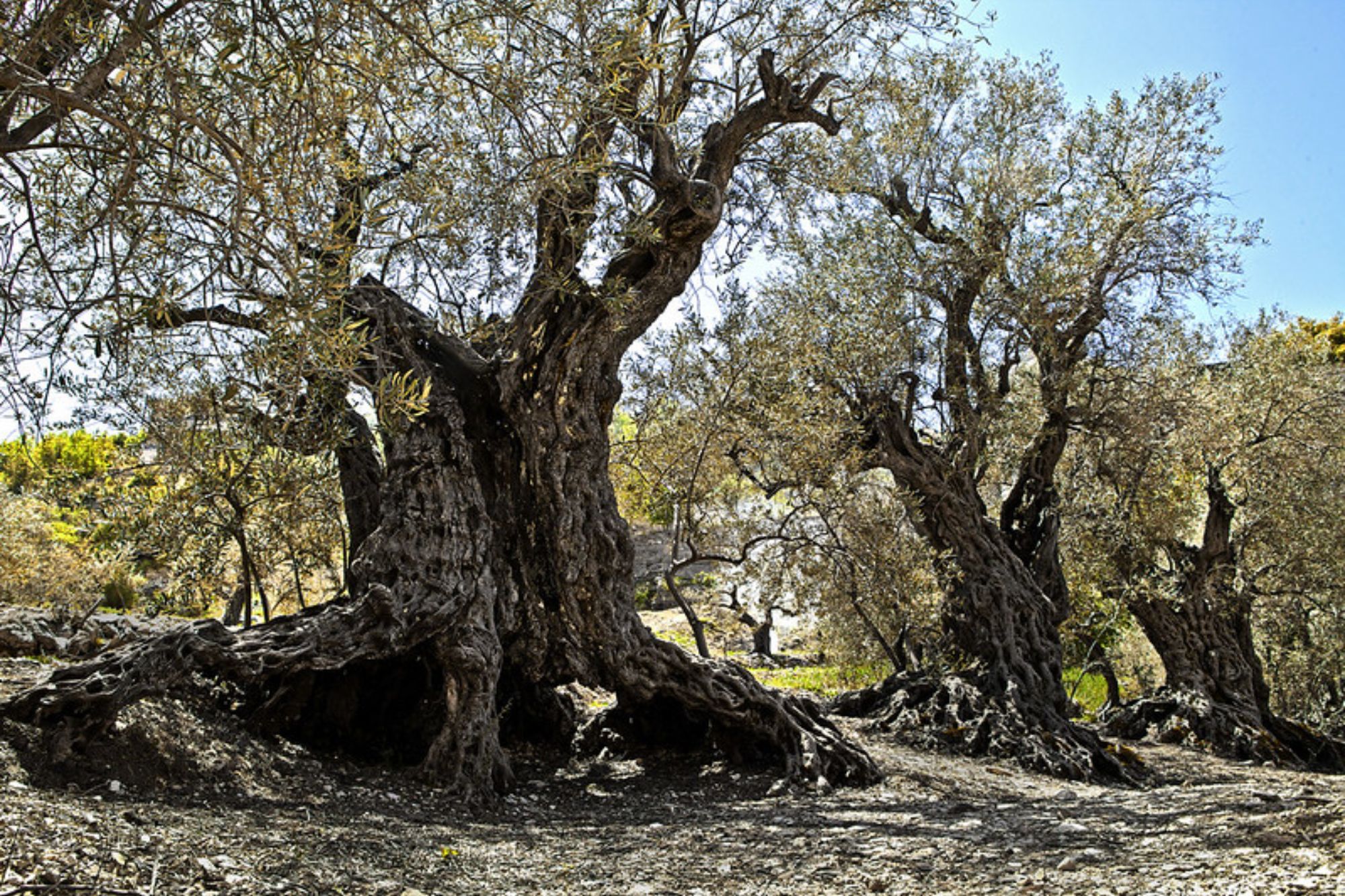
This Lebanese mountain village protects a grove of olive trees that have survived since Roman times, with some trees believed to be over 2,000 years old, possibly older based on oral tradition and limited core analysis. These ancient trees witnessed the rise and fall of empires, yet continue producing abundant harvests of small, intensely flavorful olives.
Local families have passed down guardianship of specific trees through dozens of generations, creating deep personal connections to these living monuments. The resilience of these trees through centuries of regional conflict has transformed them into powerful symbols of endurance for the entire nation.
Gethsemane, Jerusalem
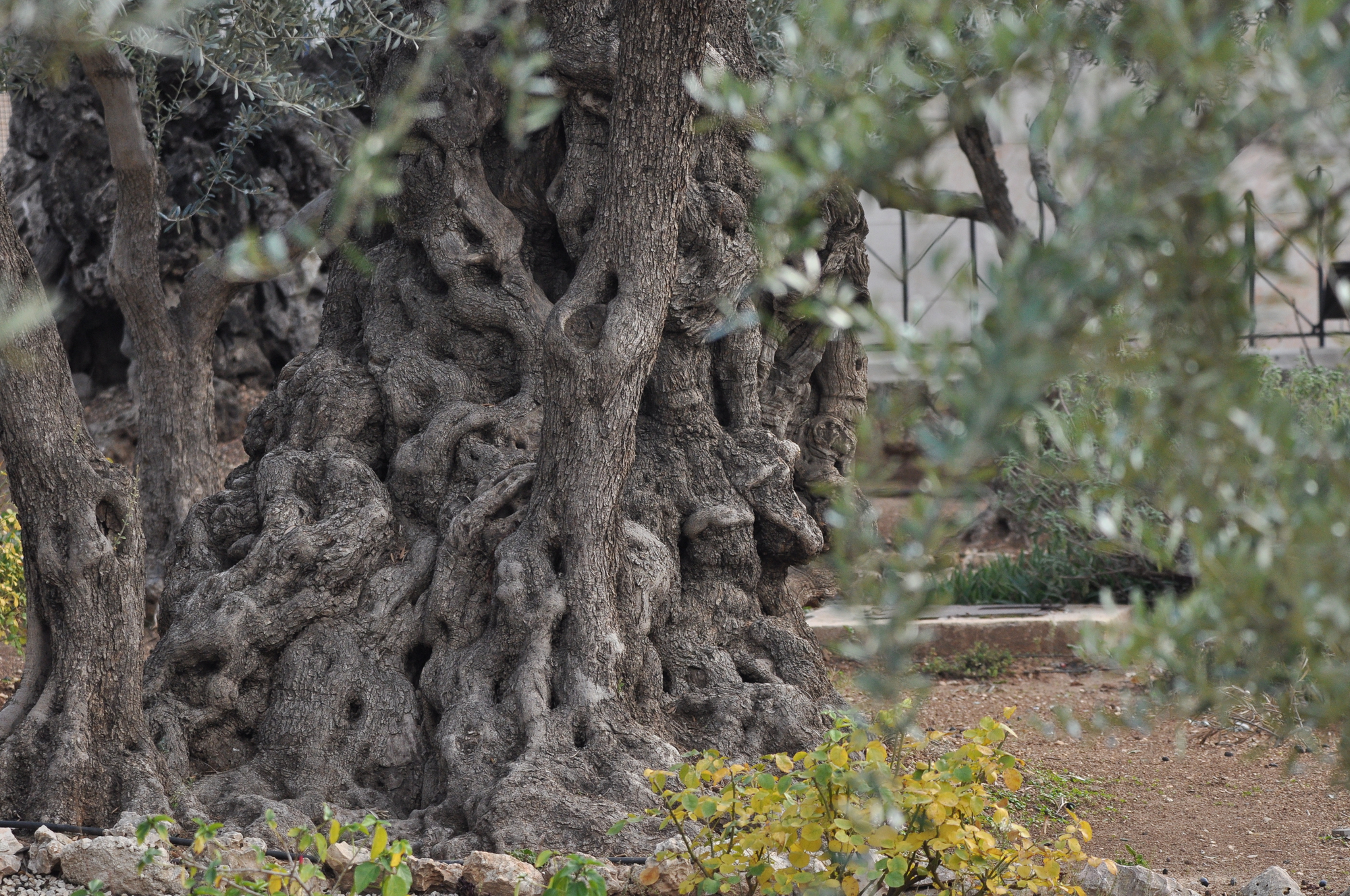
The garden of Gethsemane contains eight ancient olive trees with enormous trunks that scientists have confirmed date back to at least the 12th century. Pilgrims from around the world visit these trees, which, according to tradition, provided shelter during significant biblical events.
The trees produce a limited quantity of olives each year, with their oil used in religious ceremonies and special lamps. Despite Jerusalem’s often turbulent history, these trees have been carefully protected by successive generations who recognized their cultural and spiritual significance.
Like Travel Pug’s content? Follow us on MSN.
Kalamata

This famous Greek village lends its name to the distinctive purple-black olives harvested from trees that frequently live for 500+ years. The ancient trees grow in groves that follow the contours of the hillsides, creating stunning agricultural landscapes that painters have captured for centuries.
Local farmers still use traditional harvesting methods, gently beating the branches with long poles to collect the fruit on nets spread below. The village celebrates its heritage each autumn with a festival where visitors can participate in the harvest and sample oils pressed from different aged trees.
Puglia, Italy

This southern Italian region boasts over 60 million olive trees, some believed to be more than 3,000 years old. The enormous trees have developed distinctive sculptural shapes, with massive trunks that split and spiral upward like natural art installations.
Puglia’s ancient groves produce nearly 40% of Italy’s olive oil, with old-growth trees yielding oils prized for their complexity and low acidity. Local families take immense pride in their multi-generational stewardship of these trees, with ownership of ancient specimens often featured prominently in wedding dowries.
Córdoba, Spain
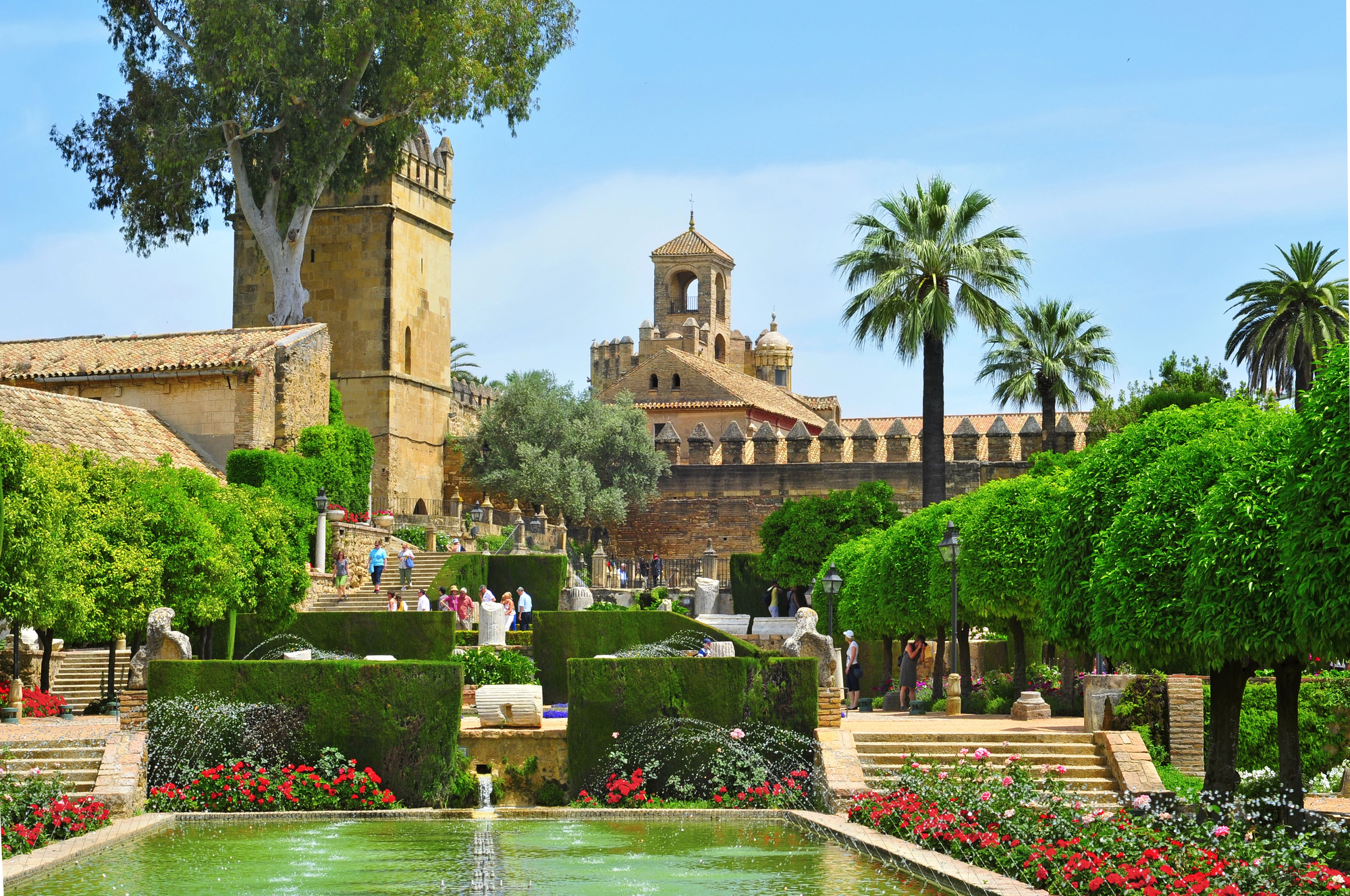
The countryside surrounding this Andalusian city contains olive groves first planted during the Roman occupation nearly 2,000 years ago. These ancient trees thrive in Spain’s arid climate, their silvery leaves shimmering in the intense southern sun throughout the year.
Local cultivation techniques developed during the Moorish period continue today, with many groves using traditional dry-farming methods that enhance flavor concentration. The harvest begins in early November, transforming quiet villages into bustling centers of activity as multiple generations work together to collect the precious fruit.
Like Travel Pug’s content? Follow us on MSN.
Nîmes, France

The olive groves near this southern French city survived a devastating freeze in 1956 that killed millions of younger trees, leaving only the most ancient specimens. These survivors, many dating back 800+ years, produce limited quantities of olives that create exceptionally valuable oils with distinctive peppery profiles.
Local cultivars found nowhere else continue growing in these groves, preserving genetic diversity that researchers consider invaluable. The village celebrates these trees during May’s olive blossom festival, when the subtle fragrance of millions of tiny flowers fills the air.
Deir Hanna, Israel
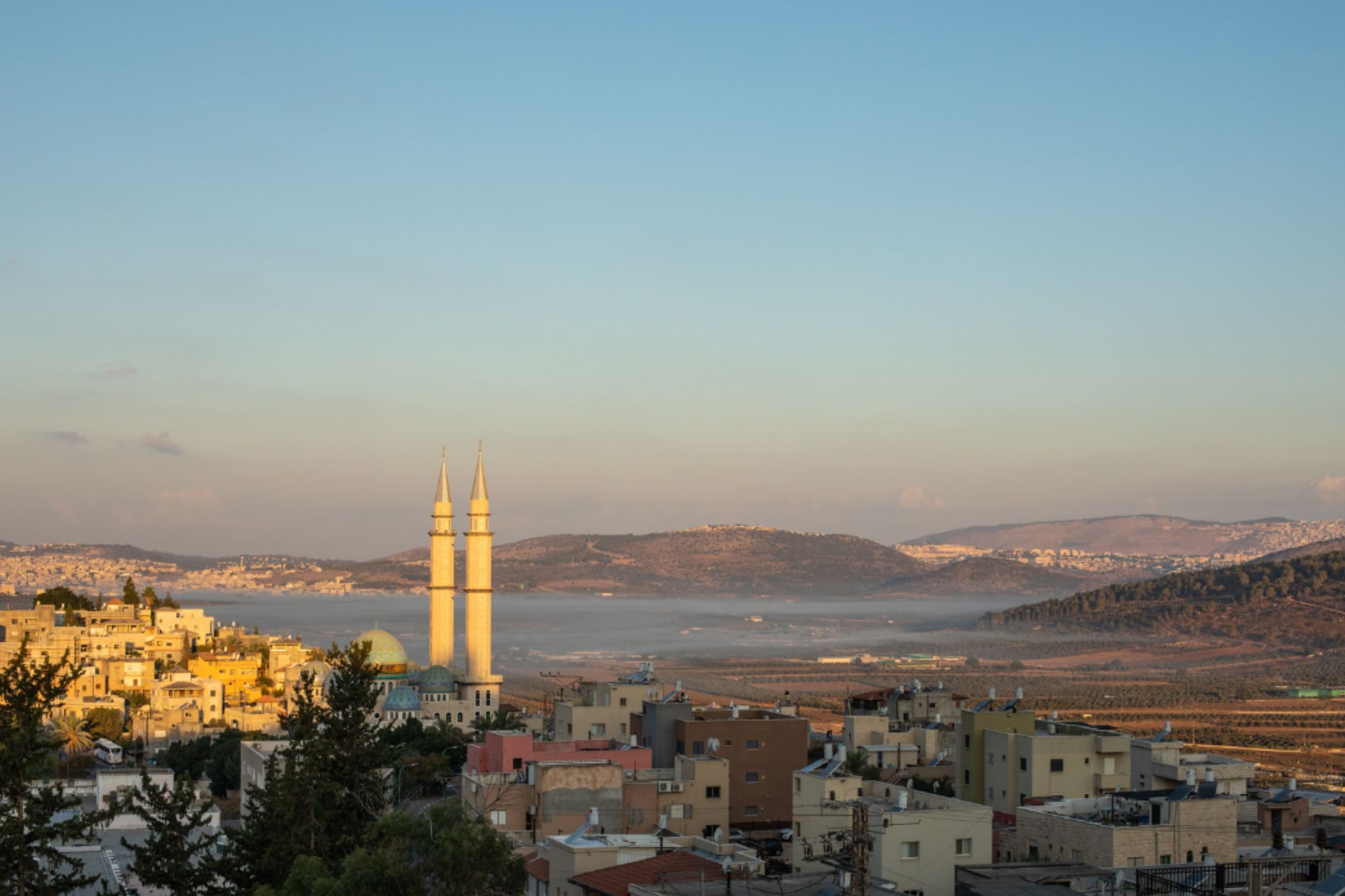
This Arab village in the Galilee region maintains ancient olive groves that have been continuously harvested for more than 1,700 years. The trees grow on terraces built during the Byzantine period, with ingenious water management systems that have functioned reliably for millennia.
Families still gather for multi-generational harvests each autumn, with techniques and stories passed down through countless generations. The olives produce a distinctive golden-green oil with grassy notes that has won international awards despite limited production quantities.
Beit Jala, West Bank
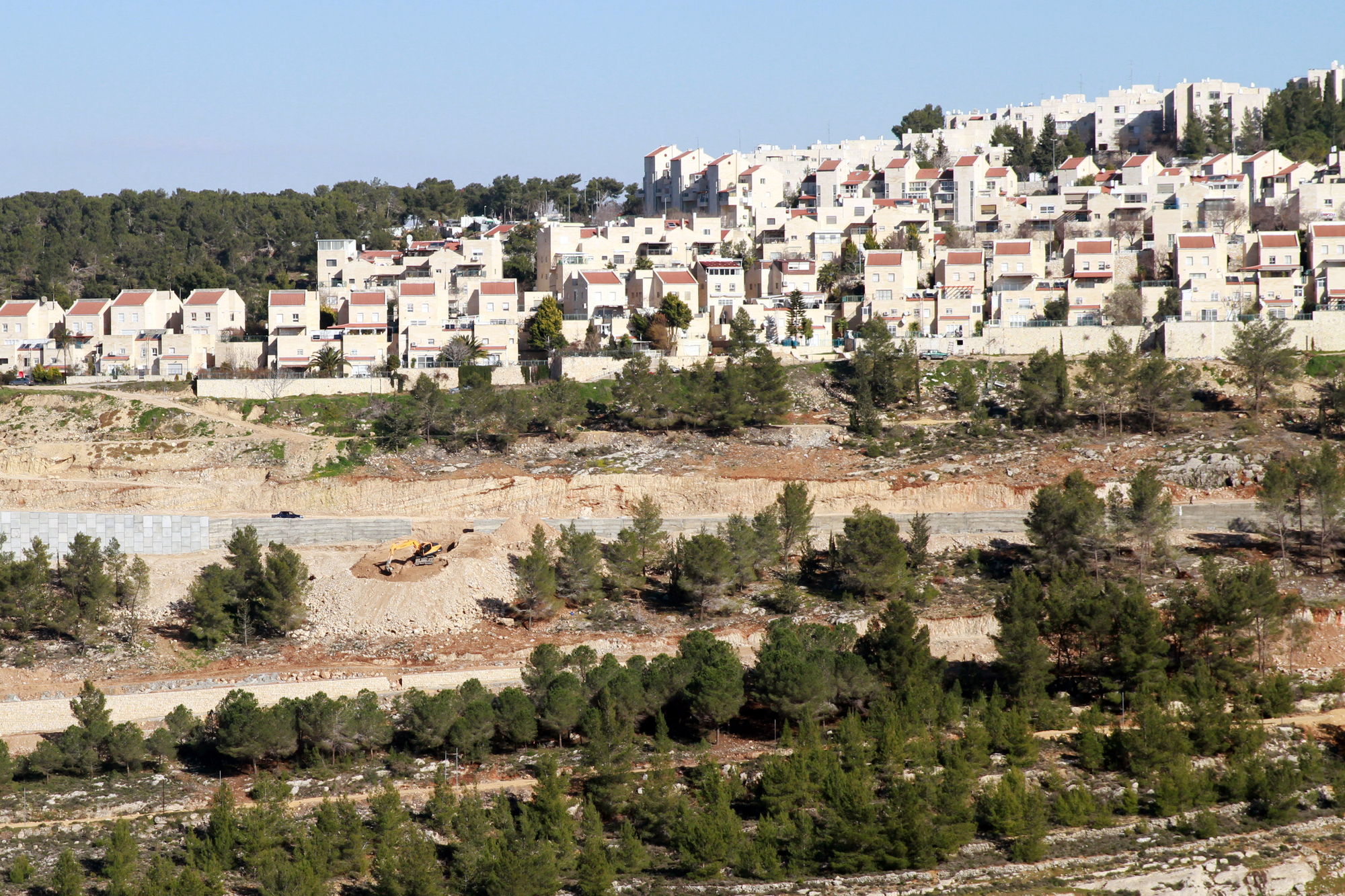
This Palestinian village protects groves containing some of the world’s oldest olive trees, with some trees believed to be more than 5,000 years old, based on oral history and regional traditions. These ancient trees produce an intensely flavorful oil central to local cuisine and cultural traditions throughout the year.
The harvest becomes a community celebration each October, with extended families gathering to help collect olives from trees their ancestors have tended for countless generations. Local artisans create beautiful carved items from the wood of branches naturally shed by these ancient trees, providing economic support for grove preservation.
Like Travel Pug’s content? Follow us on MSN.
Exmouth, Australia

This remote Western Australian town maintains olive groves first planted by early European settlers in the 1800s, making them the oldest European trees on the continent. The Mediterranean climate has allowed these trees to thrive, with some now reaching massive proportions rarely seen in cultivated specimens.
Aboriginal communities have incorporated the fruit into their traditional food practices, creating a unique cultural fusion around olive harvesting. Despite their relatively young age compared to Mediterranean trees, these 200-year-old giants represent an important botanical heritage for Australia.
Jaén, Spain
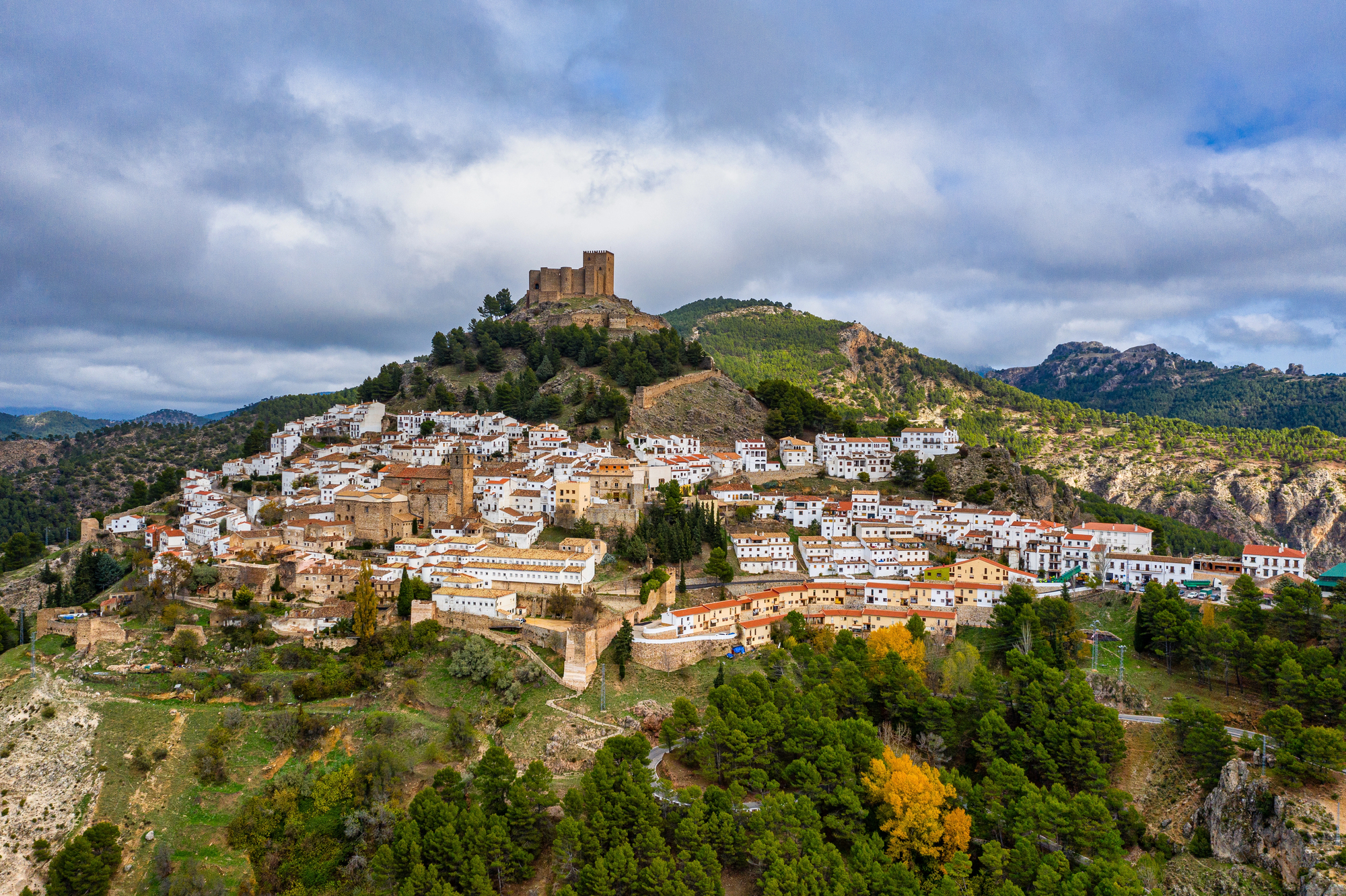
This Andalusian province contains over 60 million olive trees covering nearly every available acre of arable land, with ancient specimens dotting the landscape. The region produces distinctive oils with a characteristic bitter almond finish that chefs around the world specifically request for certain dishes.
Some trees have been carbon-dated to the Islamic period, confirming over 1,200 years of continuous production from the same root systems. The province’s museum of olive culture preserves harvesting tools dating back to Roman times, showing how little the fundamental techniques have changed.
Kolymbari, Crete

This coastal Cretan village maintains olive trees that have been scientifically verified to exceed 3,000 years of age, making them living links to Minoan civilization. The twisted, massive trunks have developed hollow centers while continuing to produce abundant harvests of small, intensely flavorful fruit.
Local pressing facilities use traditional stone methods alongside modern techniques, allowing visitors to compare oils produced through different processes. The village hosts an annual olive festival where ancient trees are symbolically adopted by schoolchildren who learn traditional care techniques.
Like Travel Pug’s content? Follow us on MSN.
Lucca, Italy
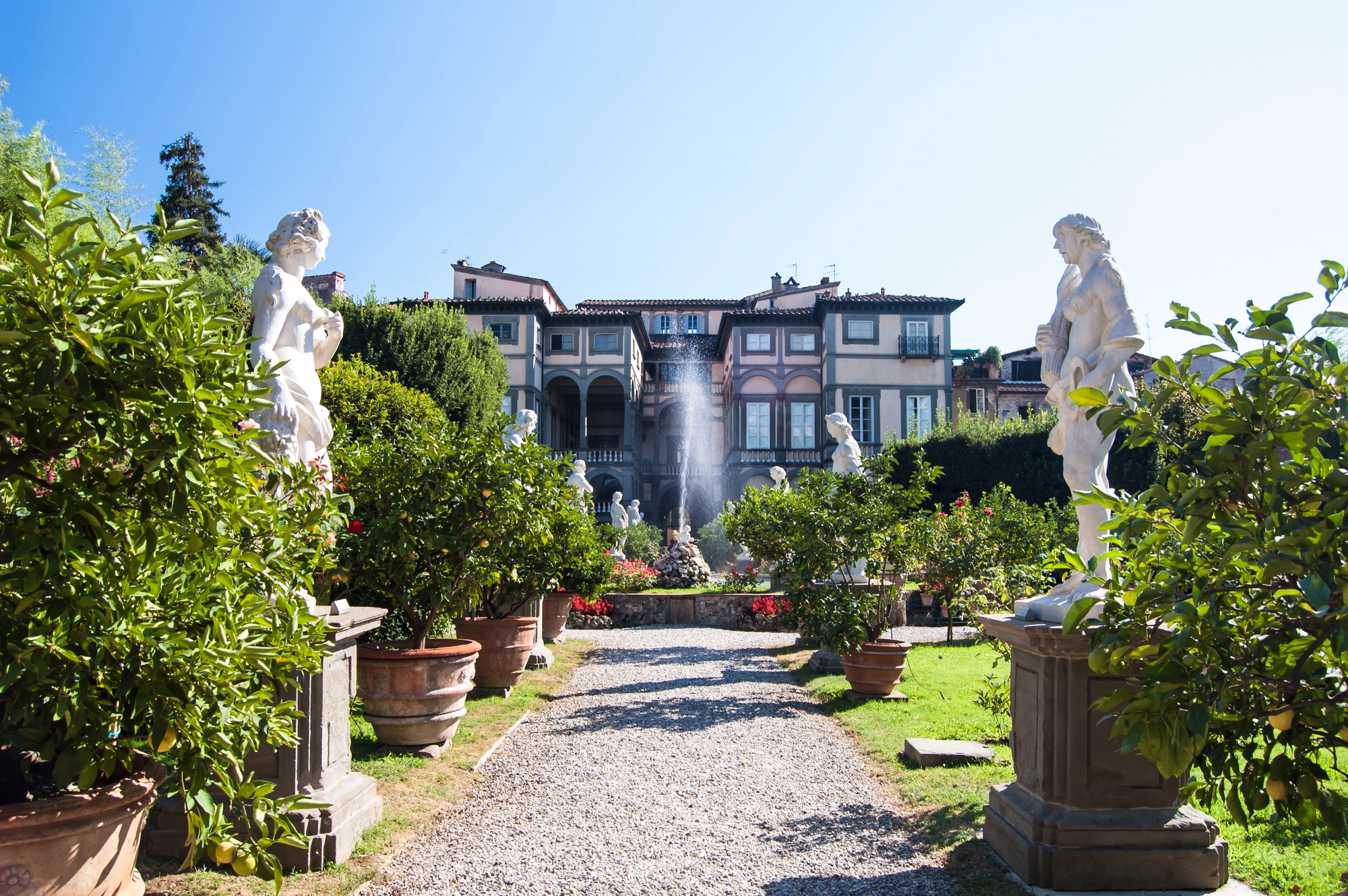
The rolling hills surrounding this Tuscan town support olive groves containing trees that have been continuously productive for over 1,500 years. These ancient specimens grow alongside Renaissance-era trees, creating a living timeline of agricultural history easily visible in the landscape.
The microclimate created by the region’s hills produces exceptionally smooth oils with distinctive artichoke notes and very low acidity. Local farmers maintain detailed records of each tree’s production, creating an invaluable database for researchers studying long-term agricultural patterns.
Moulay Idriss, Morocco

This holy city protects ancient olive groves believed to have been planted during the founding of Morocco’s first Arab dynasty in the 8th century. The trees grow on steep hillsides using traditional terracing techniques that prevent erosion while maximizing limited water resources.
Local pressing facilities maintain both animal-powered stone methods and modern equipment, preserving traditional techniques alongside contemporary efficiency. The harvest becomes a community celebration each year, with the first pressing ceremonially presented to the royal family as it has been for more than a thousand years.
Living History’s Branches
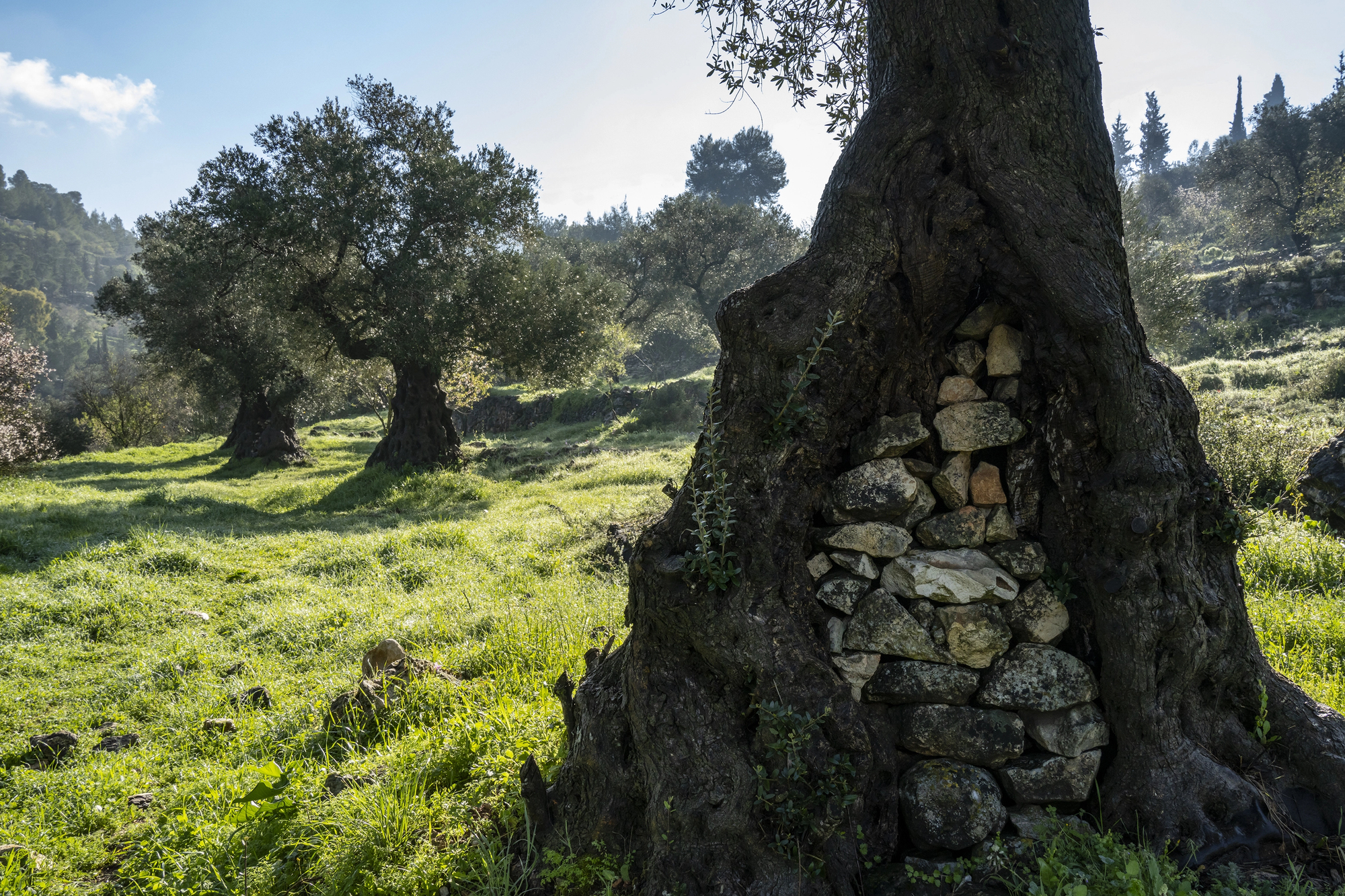
These ancient olive trees connect us to human history in a uniquely tangible way, their gnarled trunks silently witnessing centuries of civilization rising and falling around them. While monuments crumble and documents fade, these living organisms continue their yearly cycle of blossoming, fruiting, and providing sustenance just as they did for our ancestors.
Our modern relationship with these trees represents one of humanity’s longest continuous agricultural traditions, spanning cultures and epochs with remarkable consistency. As climate change threatens many agricultural practices, these ancient survivors offer valuable lessons in resilience and adaptation worth preserving for future generations.
More from Travel Pug

- Cities Growing so Fast You Won’t Recognize Them in 10 Years
- 13 Destinations Where Tourists Regularly Regret Their Trip
- 16 U.S. Cities That Are Quietly Becoming Travel Hotspots
- Where to Travel If You Love Long Bus Rides and Daydreams
- 20 Cities Perfect for Solo Travelers Who Crave Adventure & Culture
Like Travel Pug’s content? Follow us on MSN.
